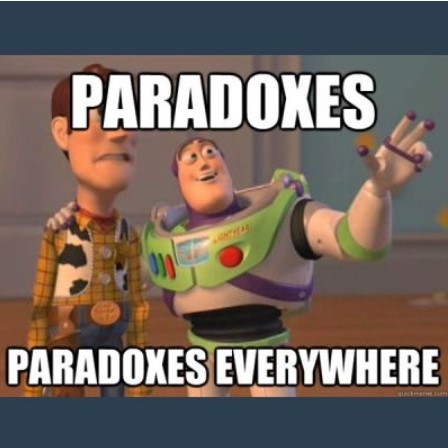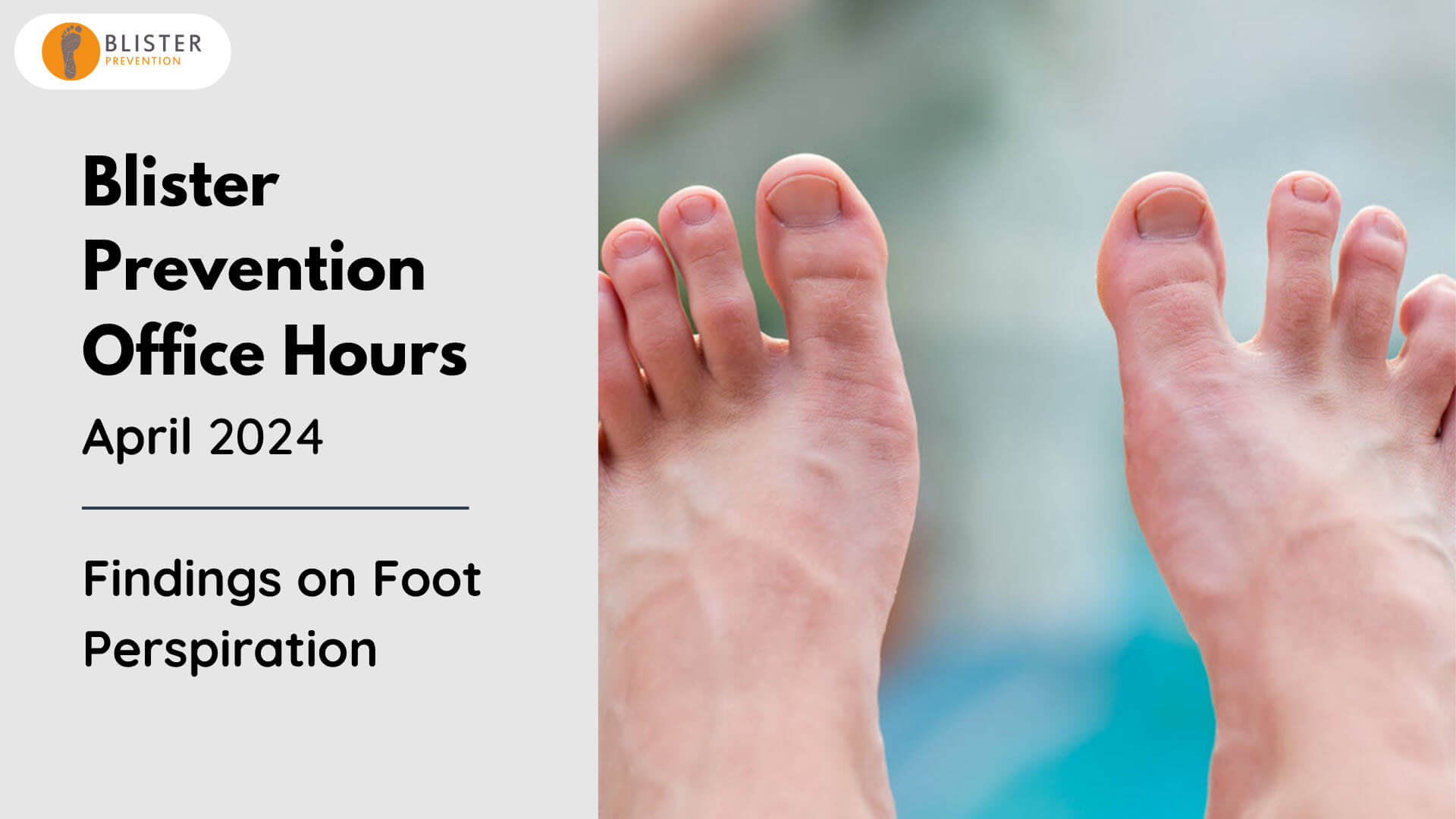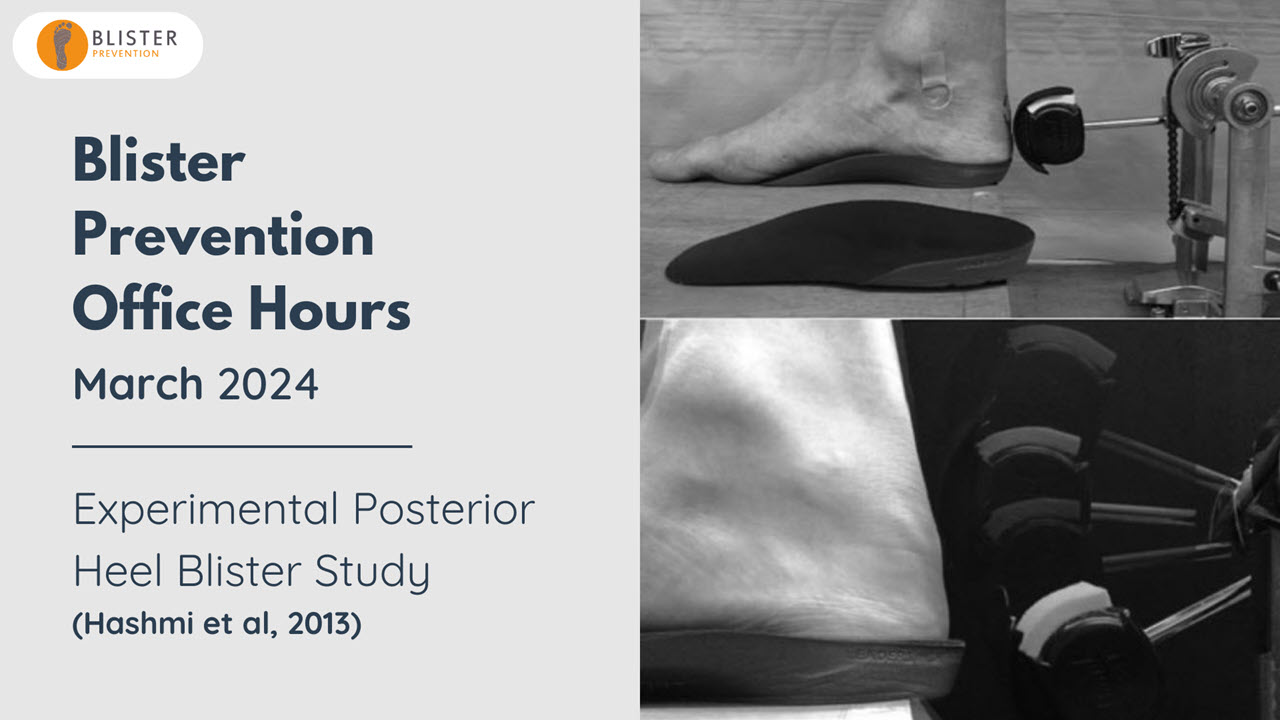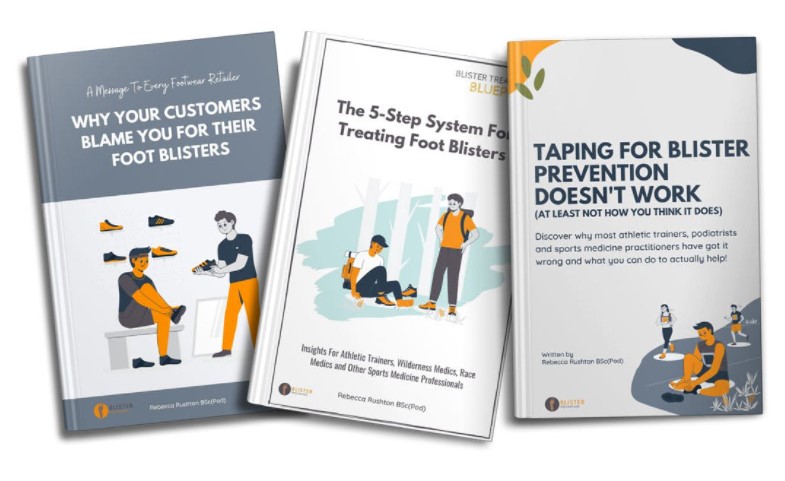The mainstream understanding of what causes blisters has been over-simplified. To the point of being inaccurate. Why? Our understanding of that word ‘rubbing’! Is rubbing the problem? Is it the solution? Or is it both? Such is the rubbing paradox!
To put it simply, if you’re trying to prevent blisters, start thinking less about what’s rubbing on the skin surface; and more about how you’re going to stop the rubbing underneath the skin surface. Because it’s the tearing of the connections between tissue layers that is the initial blister injury (fluid fills the area soon after to become a blister). This rubbing under the skin surface is called shear.
Shear can be thought of as a type of rubbing. Rubbing usually refers to two surfaces in contact with one another but not structurally connected. With shear, tissue layers are structurally connected. The excessive parallel stretching of one tissue layer over another, initiated by the adjacent bone moving back and forth (an inevitable and normal consequence of every step we take) causes a structural microtear in a specific layer of the skin (prickle layer) – the initial blister injury.
If you’re having trouble describing how and why friction blisters form, what shear deformation is, or why it’s not about rubbing, please watch this episode of Blister Prevention Office Hours.
Reducing friction really means increasing rubbing!
Did you realise that by reducing friction, you are encouraging rubbing? And this is good for blister prevention. By encouraging some rubbing (somewhere between the skin and the shoe), you’ll have avoided the rubbing underneath the skin (shear) that causes blisters. Do you see the rubbing paradox now? What strategies reduce friction?
You can choose where you want it to rub
If you want to encourage rubbing, it’s best to have this rub occur between your sock and shoe, rather than against the skin? This rules out any chance of damage the skin. While rubbing against the skin is fine – if you can keep friction low enough, the problem is friction almost always increases over time (read about lubricants). This is where ENGO Patches come to the fore and is just the start of why we recommend them.
How much rubbing is too much?
The nature of the rubbing is important. Because you surely don’t want your foot moving all around in your shoe. This will only lead to injuries like black toenails, toenail blisters and musculoskeletal injury due to the lack of traction. This lack of traction will also reduce your functional efficiency. A targeted approach is needed to both stop blisters and prevent other injury. Again, this is where ENGO Patches come to the fore and is one more reason why we recommend them. It’s called targeted friction management.
The rubbing paradox: Rubbing is the problem … and the solution
Remember, shear is an inevitable and normal consequence of walking and running – the foot bones move back and forth within your foot with every step you take. The rubbing has to take place somewhere. It can be either:
- Within the soft tissues of the foot = blister
- Against the skin = potential for deroofed blister
- Between shoe and sock = blister prevention
You be the judge: if you’re aiming for blister prevention, where would you want this rubbing to occur? The last one sounds good to me! If your blister prevention strategies aren’t working as well as you’d like, head to the Blister Blog to discover what the research shows about how they work (and don’t work). But first, find out why we recommend ENGO Patches – there are 5 big reasons!






